From the use of music that affects how you buy things in supermarkets to sounds that change how food tastes, the Science Museum takes a look at how music affects our moods and can even manipulate our behaviour in ways we’re not aware of.
As an exhibition about sound, it’s very interactive, so expect to spend a lot of time putting on headphones at the various displays to experience what’s being explained.
For something so large, it’s surprisingly easy to miss as you walk in, but do spend time right at the entrance looking at the relics wall of old musical players of which some you will doubtless recognise.
What you won’t recognise, or probably know even existed, is a fire-powered musical instrument. A 19th-century invention, it opens the main exhibition with displays of the weird and whacky generators of music.
The exhibition design is also attractive, with many muted but bold colour blocks all around, and there’s a range of strange shapes on the wall — which have a significance that’s explained in a notice right at the end of the exhibition. Don’t miss it, as the blobs are there for a reason.
A room filled with pipes and bulbs is a walk-in musical instrument, although older folk may be having flashbacks to 1960s science fiction shows when they see it.
However, considering how typically 1970s it looks, all brushed aluminium and wood, an “infinite jukebox” can generate 14 trillion unique songs, which is quite impressive for something made in 1972. Elsewhere, Doctor Who fans may swoon at seeing the music and tools used by the early electronic music pioneer Delia Derbyshire, who arranged the Doctor Who theme tune.
There are also some puns in the description cards – I particularly liked the headline about a synthesiser offering “a jump forward in electronic music” that listed Van Halen as a user of the instrument.
Back to science, the exhibition looks at how science tries to understand how music affects us, with scanners, body sensors and the like. And the strange phenomenon of Synesthesia, where people can seem to see or taste sounds.
You’ll probably leave with a new found appreciation of how music can move you and maybe a nagging suspicion that places are using that knowledge to manipulate how you behave.
The exhibition Turn It Up: The power of music is at the Science Museum until May 2024.
It’s just a tenor to visit.
I’d love to see a counterpoint exhibition one day – the science of silence and how we can reduce the cacophony of noise in modern life.

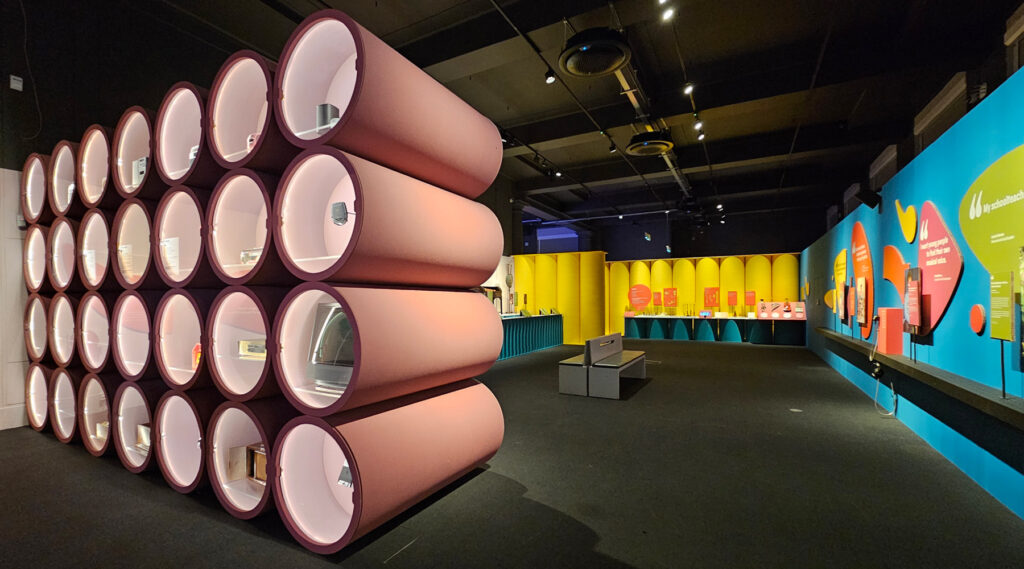
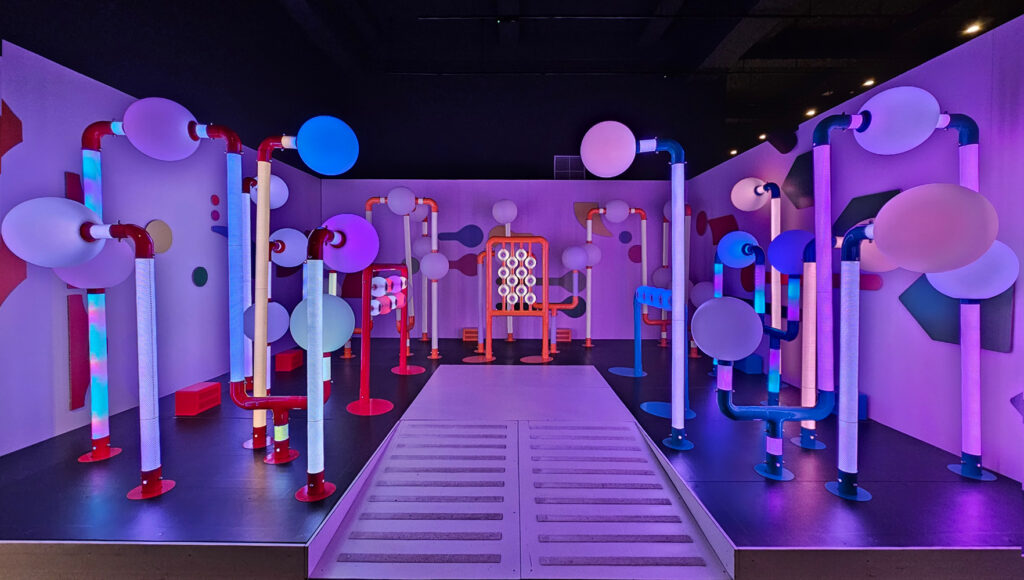
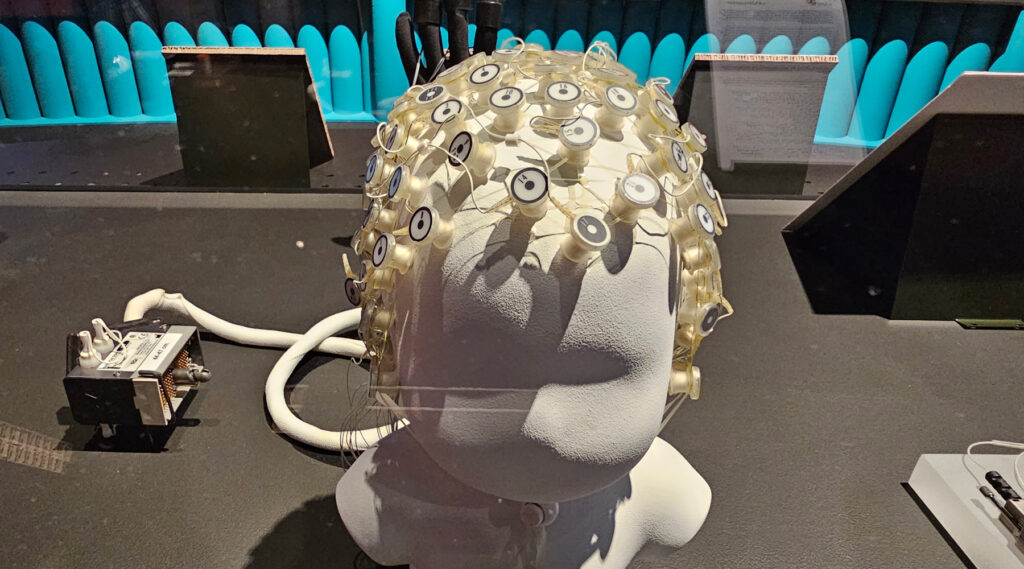
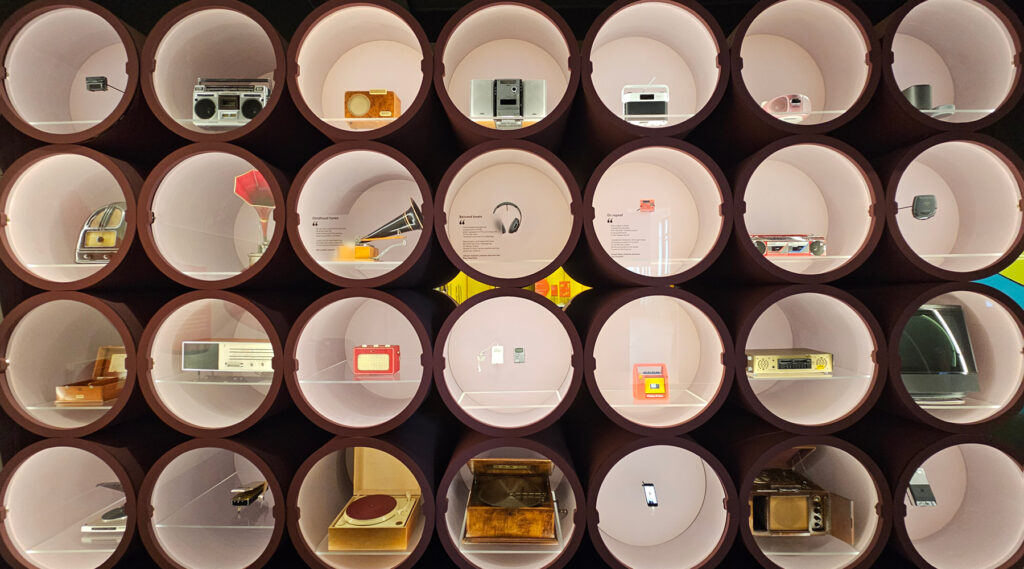
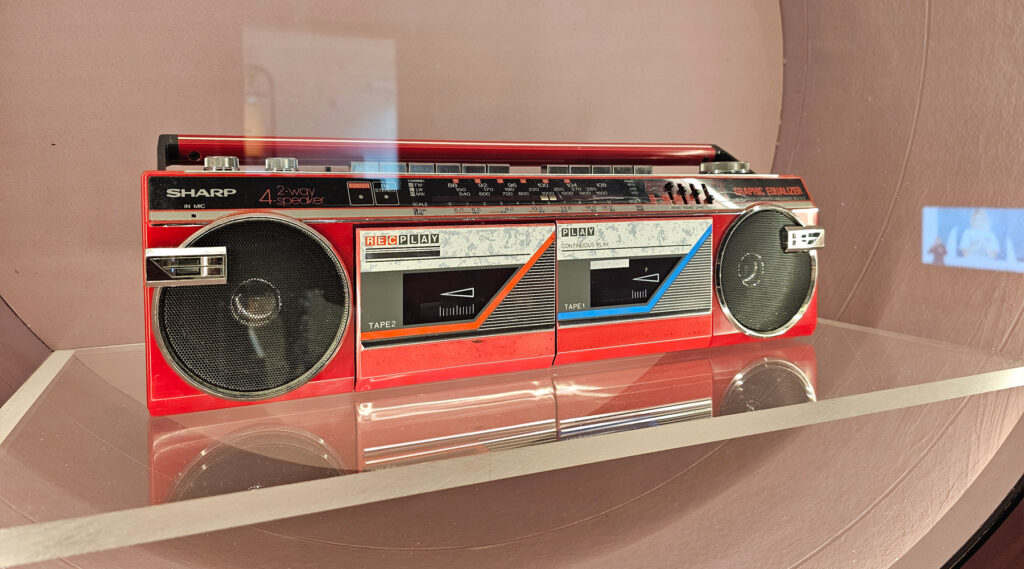
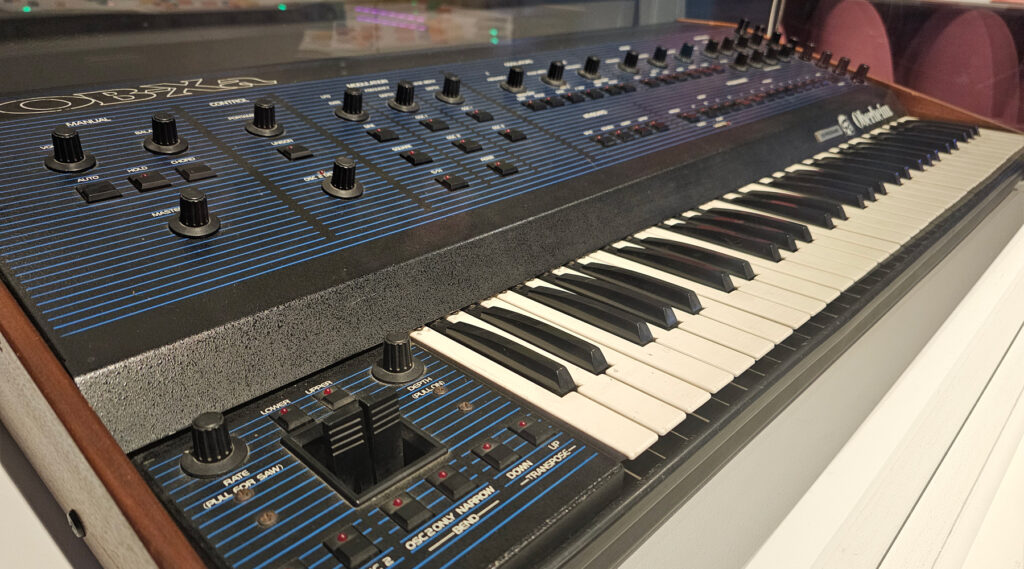
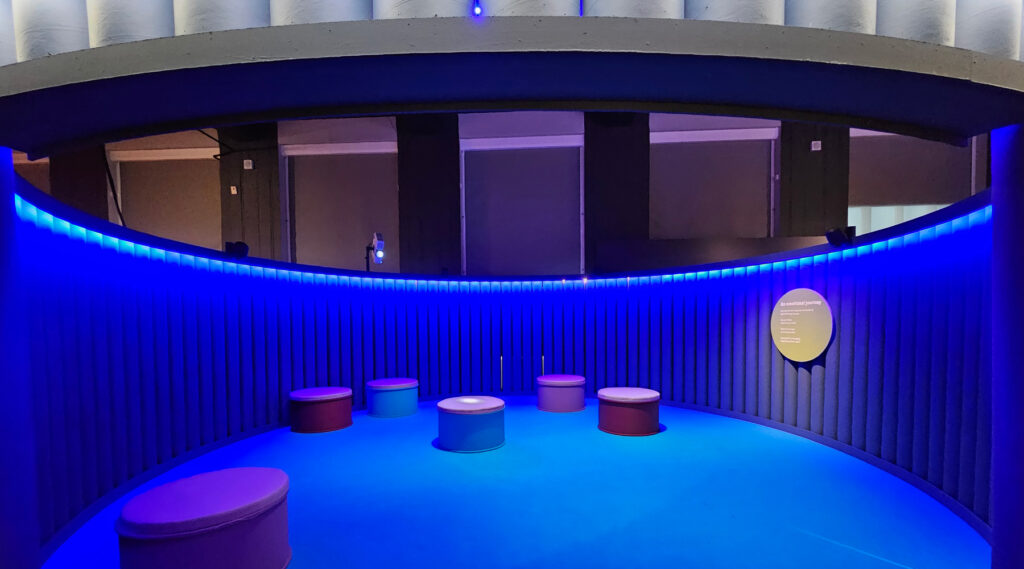






I wouldn’t go on a busy day.
Went today during half term and it was just a cacophony of noise and we were very underwhelmed. Many of the interactive exhibits weren’t working.
What was the thing about the blobs? We clearly missed it!
why on earth would one consider going during 1/2 term unless one has school aged kids